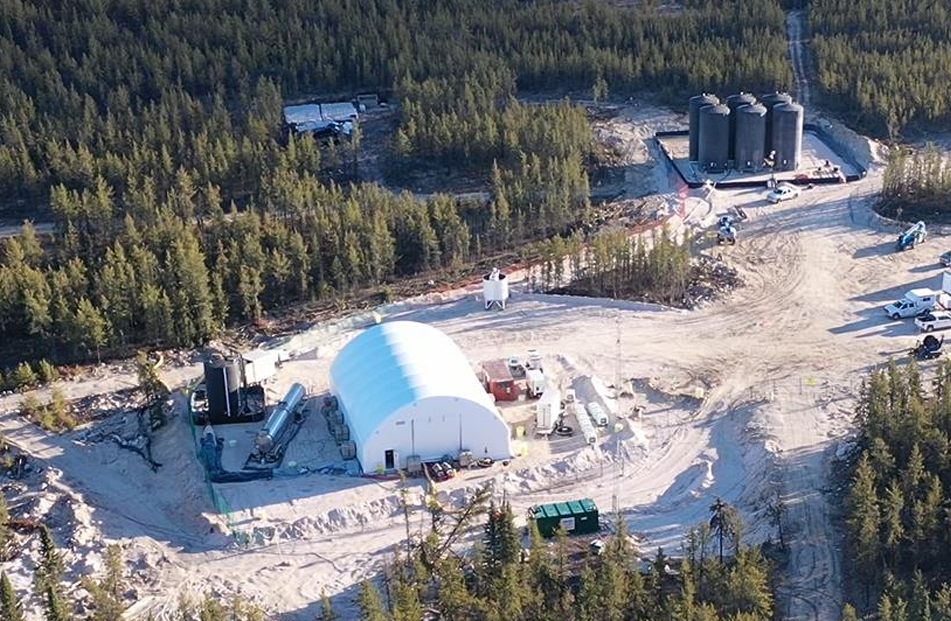Denison ends recovered solution management at Phoenix, decommissions field test


Denison Mines (TSX:DML; NYSE:DNN) successfully completed the recovered solution management phase at the Phoenix in situ recovery (ISR) feasibility field test at the Wheeler River uranium project. The project is located in the eastern part of the Athabasca Basin in northern Saskatchewan.
While the field test ran, the company recovered 14,400 lb. of uranium oxide (U3O8) in solution during the leaching and neutralization phases of the test. The solution was stored on site in accordance with permit conditions until the recovered solution management phase could begin.
The solution management phase recovered over 99.99% of the contained uranium. The result further validates the company’s process designs for a future Phoenix commercial plant.
Also, during the solution management phase, treated water suitable for release was collected. The effluent was tested and then injected into a designated underground area. Additional monitoring revealed no migration of the effluent above, below or outside the injection area.
The completion of the recovered solution management phase marks the end of the field test phase, demonstrating the method from start to finish – from construction and commissioning of the field test, development of the well field, control of mining solutions, uranium-bearing solution recovery, and effluent treatment – noted Denison VP operations and regulatory affairs Kevin Himbeault.
The feasibility field test was installed at Phoenix in 2021 to assess various properties of the deposit. It had three phases: leaching, neutralization, and solution recovery. Denison has begun decommissioning of the facility, but the work will not be completed until next year.
The Wheeler River project is the largest undeveloped uranium project in the eastern region of the Athabasca Basin. It is home to the Phoenix and Gryphon high-grade deposits. The Phoenix feasibility study estimates the deposit contains measured an indicated resources of 280,200 tonnes of ore grading 11.4% U3O8 and containing 70.5 million lb. of uranium oxide. There is also an inferred resource of 5,600 tonnes at 2.6% U3O8 containing 300,000 lb. uranium oxide.
A preliminary economic assessment for the Gryphon deposit was completed in 2018, and the 2023 update remains basically unchanged.
The 2023 technical report is available on www.DenisonMines.com.
Comments